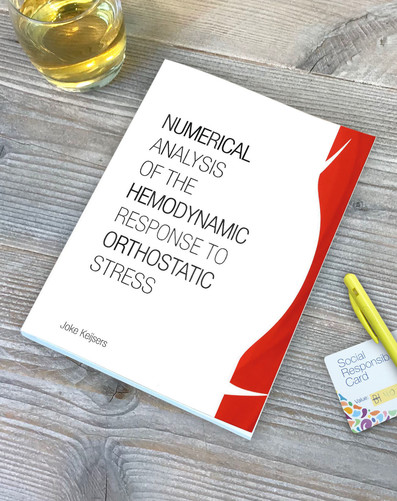
The main function of the cardiovascular system is to transport blood to the tissue and thereby provide it with sufficient oxygen. The total blood flow and its distribution over the circulation can be regulated in response to a change in oxygen demand or to external stress factors. Orthostatic stress, i.e. gravitational stress in the upright position, induces a blood volume shift from the head towards the feet. This results in decreased cerebral perfusion, which increases oxidative stress, and increased transmural pressure in the lower extremity. To minimize these stresses a complex system of protection mechanisms is activated, which includes amongst others: (1) the presence of venous valves, ensuring unidirectional flow, (2) the muscle pump effect, which squeezes the embedded deep veins upon calf muscle contraction, and (3) the baroreflex, aiming to maintain systemic pressure by regulating heart rate, contractility and peripheral resistance. Many experimental studies confirmed the importance of the above mentioned mechanisms in compensating for the gravity-induced blood volume shift in the upright position. However, a causal dependency and thereby full mechanistic insight in the physiology is often missing. In the past, mathematical models based on physical laws and physiological mechanisms have proven to increase the understanding of the cardiovascular (patho-)physiology. Therefore, in the current thesis a numerical approach is presented to gain more insight in the mechanisms compensating for the gravity-induced blood volume shift towards the lower body.
Download Thesis